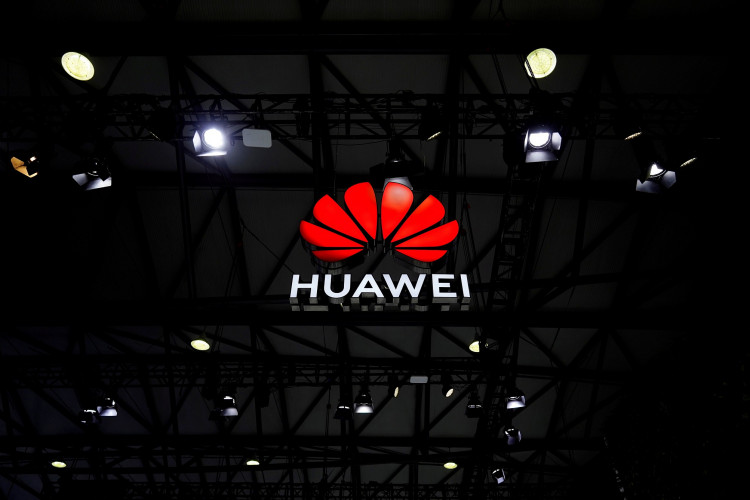Richard Yu, Huawei's executive director and CEO of the Terminal BG, stirred up excitement on social media on August 2, previewing a key feature of the latest version of Huawei's Harmony operating system - the ability to generate content autonomously using large-scale AI models.
This new feature, part of Huawei's ongoing push to bring everyone their own AI assistant, was announced less than a month after Huawei's executive director and CEO of Huawei Cloud, Zhang Ping'an, unveiled Pangu's large-scale model 3.0. The release marks a step toward making advanced AI capabilities accessible to everyday consumers.
Not only Huawei, but also other smartphone manufacturers such as Honor and Vivo are intensifying their R&D efforts in the AI field. The introduction of large-scale AI models into smartphones is a significant part of their focus.
HarmonyOS 4 to Integrate Pangu Language Large Model
Richard Yu invited everyone to attend the HDC.Together 2023 Huawei Developers Conference, taking place from August 4 to 6 in Songshan Lake, Dongguan, Guangdong. Here, the latest version of HarmonyOS, HarmonyOS 4, will officially be revealed.
Based on a video shared by Yu, Huawei's voice assistant, Xiaoyi, has grown significantly smarter, capable of writing a Weibo post on demand, similar to popular AI chatbots.
It is speculated that Xiaoyi's enhanced intelligence is due to the backing of HarmonyOS 4 and the AI large model. Yu further hinted that the Harmony world will soon bring an even smarter and more personalized experience.
Last month, Huawei officially released the Pangu large model 3.0 series, which includes a large-scale pre-trained Chinese language (NLP) model, capable of generating copy, retrieving industry knowledge, comprehending reading material, and even more advanced features such as generating code, calling plugins, and model calls.
Introduction of Large Models in Smartphones Becomes a Trend
Huawei is not the only phone manufacturer looking to leverage AI to differentiate from competitors. Last month, Zhao Ming, CEO of Honor Terminal Co., Ltd., declared that Honor would introduce large AI models to its devices.
Vivo also sees AI as a critical pathway to creating differentiated value. Xiaomi Group has also formed a large model team in its AI laboratory in April of this year.
At the 2023 World Artificial Intelligence Conference, Qualcomm showcased a technology that ran a generative AI model, Stable Diffusion, on a phone equipped with the second-generation Snapdragon 8 mobile platform. The demonstration proved that large AI models can be run on devices rather than just the cloud, highlighting the vast untapped potential of AI-powered smartphones.
According to a directive jointly issued by seven departments including the National Development and Reform Commission and the Ministry of Industry and Information Technology on July 21, research institutes and market entities are encouraged to actively apply domestically produced AI technology to enhance the intelligence level of electronic products and enhance human-computer interaction convenience.
"By 2026, nearly 50% of the processors in terminal devices in the Chinese market will feature AI engine technology," according to IDC's forecast. Whether a device integrates a hardware AI engine and how it performs will become an important reference factor for consumers when purchasing equipment.



